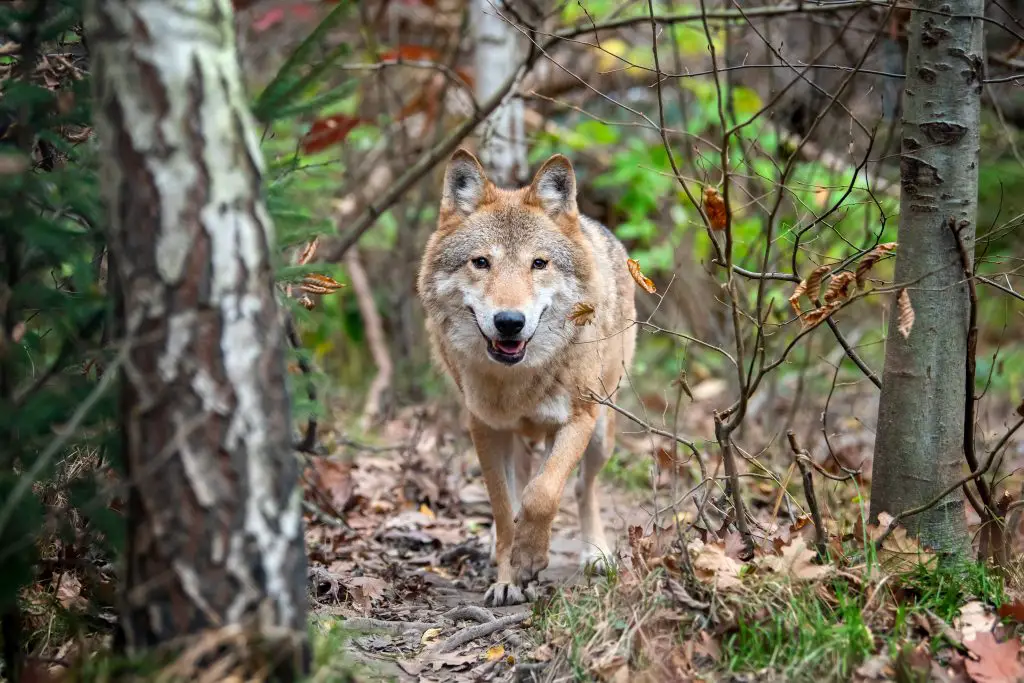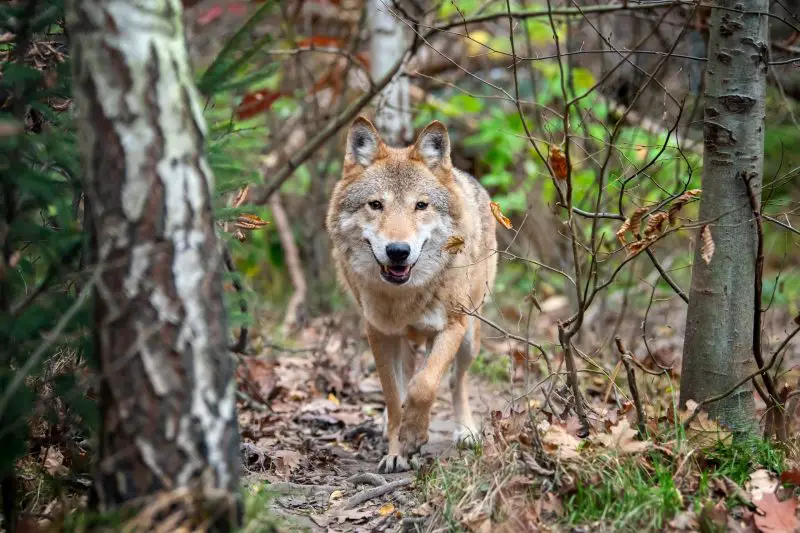There are numerous things to consider when discussing wolf attacks. The first consideration is the location. Since 1974, there has not been a confirmed wolf attack in Spain with a death. Attacks are also uncommon in North America, with the most recent fatality occurring in 2010. However, recent fatalities in India have become depressingly more regular, particularly among children.
The nature of the attack is also significant. Although some wolves have no direct contact with humans, they are nevertheless recorded to prevent future attacks. Also, not every attack is fatal or is fatal in a different way. Because of the aggressive stage of the virus, rabid wolves are more prone to strike humans. This can result in death, however correct medical assistance should be provided to avoid this.
How often do wolves attack humans, according to Animal Wise? We hope to learn how we can lower the likelihood of fatalities in the future by doing so.

Why Would a Wolf Attack a Human?
A predatory attack occurs when a wolf attacks a human for food. There are several sorts of wolf attacks, including:
- Predatory:
As previously stated, a predatory attack occurs when a wolf attacks to feed. Attacks are frequently, but not always, opportunistic. Opportunistic attacks are frequently directed at youngsters who are perceived to be weak. These attacks are unprovoked since the human is not trying to provoke the wolf, and they frequently happen when they enter the wolf’s territory.
- Provoked:
These attacks are frequently provoked in captivity. A wolf-handler who is berating or otherwise hostile towards a wolf may be attacked. This could be through what the handler perceives as punishment (and may deem unprovoked), but the wolf will almost certainly perceive it as hostile. Another provoked attack could occur if a shepherd is attempting to protect his sheep from a hungry wolf and the human stands in the way. A human entering a wolf’s lair with pups may be attacked, which is considered a provocation because the wolf would defend their young.
- Rabid:
Wolves are not rabies reservoirs (i.e., they do not keep the disease alive for extended periods). However, they can catch it from other animals. The rabies virus travels through several phases when it enters an animal. The wolf will strike out and try to bite anything that comes near it during one of these stages, known as the ‘aggressive’ stage. Once rabies symptoms show, the infection is irreversible. Treatment should be obtained, and the wolf should ideally be followed for signs of rabies.
- Agnostic:
Agonistic attacks occur when a wolf attacks a human for no apparent reason, such as when it is hungry but is nevertheless hostile. Because it can be difficult to identify the wolves’ intentions in these situations, many cases may be misclassified.
Is It Common For Wolves To Attack Humans?
No, it’s not common for wolves to attack humans as they are afraid of humans and they would not attack first. Humans and huge predators have had different relationships throughout history. Our transformation from prey to hunter didn’t happen until we had the technologies that allowed us to become great predators. We have a greater defense against such predators as a result of urbanization and a better grasp of the animal kingdom. Some people, however, continue to hunt unnecessarily, while others seek to safeguard various species.
The conservation of wolves can be difficult due to their wide territories. The problem arises when humans enter these places and come into contact with the wolves. In groups, many humans will not appear to be appropriate prey. Lone hikers or timber workers, on the other hand, have been known to be stalked by wolves. Sometimes they can be driven away, but other times they are not so fortunate.
What are the Legal Consequences of a Wolf Attack on a Human?
Legal wolf hunting in the us has raised concerns about potential wolf attacks on humans and their subsequent legal consequences. In such cases, determining liability and legal repercussions can be complex. While instances of wolf attacks on humans are rare, if proven, legal consequences may involve compensation claims, wildlife management dynamics, and public safety regulations. Proper understanding and adherence to existing laws surrounding legal wolf hunting in the US are crucial in addressing these potential legal ramifications.
When Was The Last Wolf Attack on Humans?
The last wolf attack on a human was registered on 17th March 2010. It was on the victim Candice Berners. There are not too many attacks of wolfs on humans but when they feel threatened or find a person alone, then they will most likely attack.











